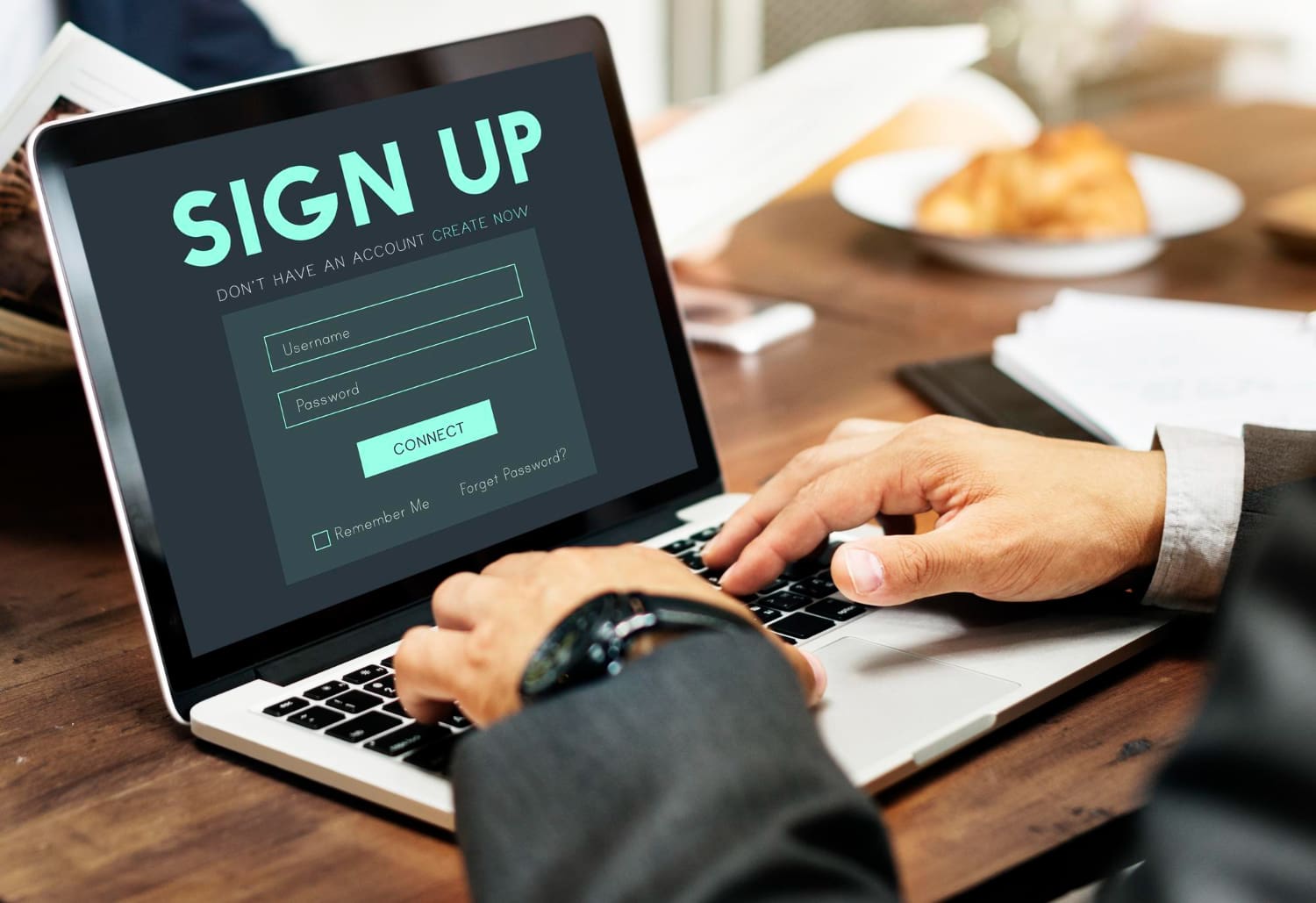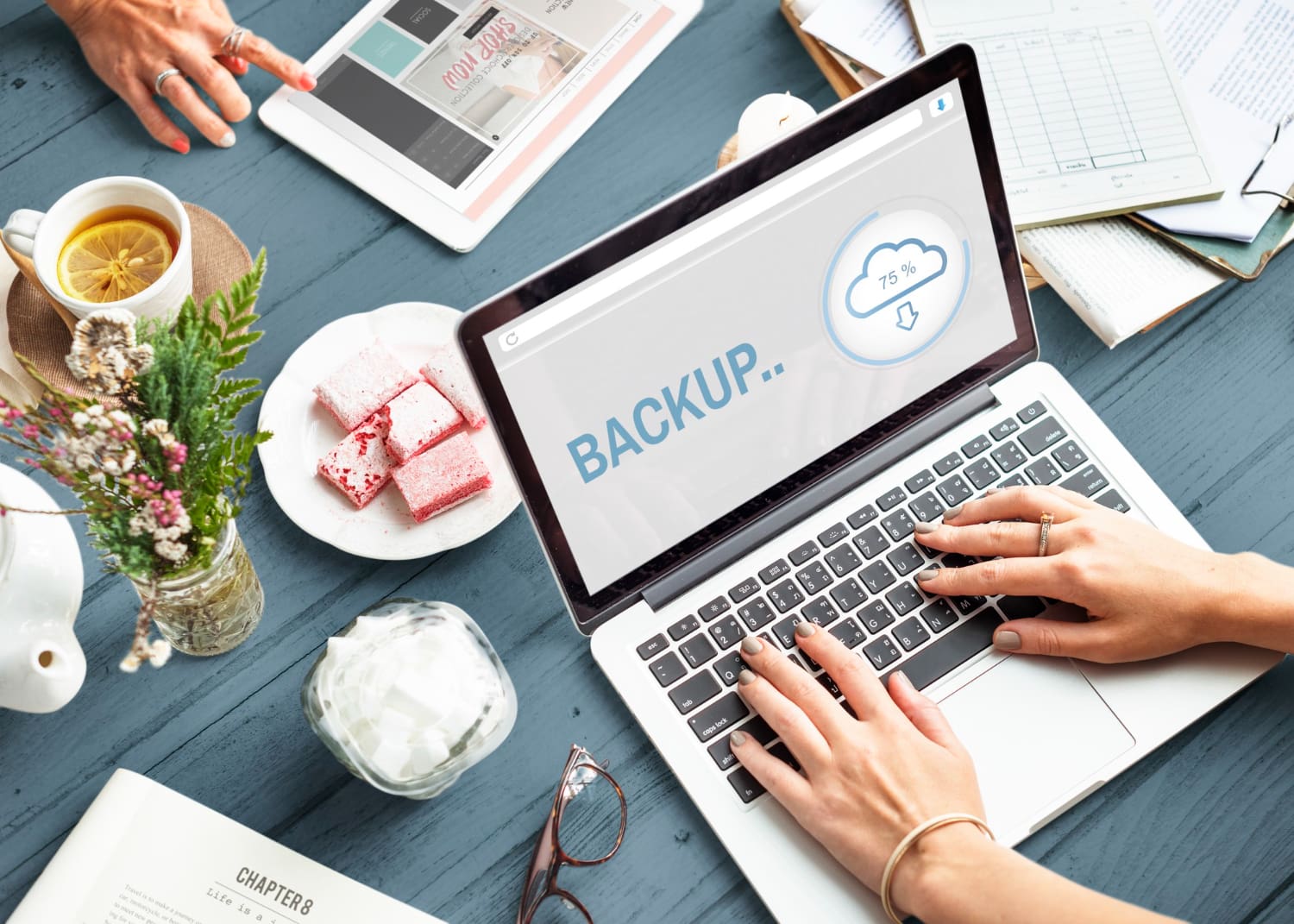In today’s digital age, email has become integral to our personal and professional lives. We rely on email to communicate, share sensitive information, and conduct various online activities. However, with the increasing number of cyber threats and the potential for data breaches, it is crucial to secure your private email. This article will provide you with valuable tips and best practices to enhance the security of your private email accounts.
The Importance of Email Security
Enhance the security of your private email accounts by taking necessary precautions to safeguard their sensitive information. In today’s digital age, emails often serve as repositories for personal details, financial data, and confidential business communication. Don’t leave yourself vulnerable to identity theft, data breaches, or unauthorized access. Instead, empower yourself with the following tips and best practices, allowing you to modify emails and fortify the protection of your valuable information.
Choose a Strong and Unique Password
One of the fundamental steps to secure your email account is to use a strong and unique password. Avoid using common passwords or easily guessable information such as birthdates or pet names. Instead, create a complex password that combines uppercase and lowercase letters, numbers, and special characters. Furthermore, ensure that you use a different password for each email account to minimize the risk of multiple accounts being compromised if one password is compromised.
Enable Two-Factor Authentication (2FA)
Two-factor authentication adds an extra layer of security to your email account. By enabling 2FA, you will require a second form of verification, such as a temporary code sent to your mobile device and your password. This additional step makes it significantly more difficult for unauthorized individuals to access your email account, even if they manage to obtain your password.
Be Cautious with Email Attachments
Email attachments can often contain malicious files or links that can compromise the security of your email account and device. Exercise caution when opening email attachments, especially from unfamiliar or suspicious sources. Scan attachments with reliable antivirus software before opening them, and only download or open files from trusted senders.
Beware of Phishing Attempts
Phishing is a common technique used by cybercriminals to trick individuals into revealing sensitive information such as usernames, passwords, or credit card details. Be vigilant when opening emails, and avoid clicking on suspicious links. Look for red flags like misspelled email addresses, urgent requests for personal information, or emails that create a sense of panic. When in doubt, directly contact the sender through a separate communication channel to verify the email’s authenticity.
Regularly Update and Patch Your Email Client
Keeping your email client up to date is crucial for maintaining the security of your email account. Developers frequently release software updates and patches to fix vulnerabilities and address security issues. Regularly check for updates and install them promptly to ensure you have the latest security enhancements for your email client.
Use a Reliable Antivirus Software
Having robust antivirus software installed on your device is vital for protecting your email account from malware and viruses. Choose a reputable antivirus program and keep it up to date to detect and remove any potential threats. Regularly perform system scans to identify and eliminate malicious files or programs that may compromise your email security.
Encrypt Your Emails
Email encryption adds an extra layer of security to your messages by encoding them, making them unreadable to unauthorized individuals. Consider using end-to-end encryption methods such as Pretty Good Privacy (PGP) or Secure/Multipurpose Internet Mail Extensions (S/MIME) to ensure that only the intended recipient can access the content of your emails.
Secure Your Email Account Recovery Options
Most email service providers offer account recovery options if you forget your password. However, these options can also be exploited by attackers. Ensure that your account recovery options, such as alternative email addresses or phone numbers, are secure and not easily accessible to others. Consider enabling additional security measures, such as security questions or backup codes, to protect your account recovery process.
Be Mindful of Public Wi-Fi Networks
Public Wi-Fi networks are often unsecured, making them vulnerable to hackers. Avoid accessing your email accounts or transmitting sensitive information while connected to public Wi-Fi. If you must use public Wi-Fi, consider using a virtual private network (VPN) to encrypt your connection and ensure your data remains secure.
Keep an Eye on Your Sent Folder
Periodically review your email’s sent folder to ensure no unauthorized or suspicious emails have been sent from your account. If you notice any unfamiliar sent messages, it may indicate that your account has been compromised. In such cases, change your password immediately and notify your email service provider.
Use a Virtual Private Network (VPN)
A virtual private network (VPN) provides an additional layer of security by encrypting your internet traffic and routing it through a secure server. Using a VPN, you can protect your email communications from eavesdropping and ensure your data remains confidential.
Avoid Clicking on Suspicious Links
Clicking on suspicious links can lead to malware infections or phishing attacks. Exercise caution when encountering links in emails, especially if they seem unusual or unexpected. Hover your mouse over the link to view the destination URL before clicking on it. When in doubt, manually type the URL into your browser instead of clicking the provided link.
Backup Your Email Data
Regularly backing up your email data is essential in case of accidental deletion, hardware failure, or a security breach. Create backups of important emails, contacts, and attachments by exporting them to a local storage device or using a cloud backup service. Doing so lets you quickly restore your data in any unforeseen circumstances.
Conclusion
Securing your private email accounts is paramount in today’s digital landscape. By following these steps and implementing best practices, you can significantly enhance the security of your email communications. Remember to choose strong and unique passwords, enable two-factor authentication, exercise caution with email attachments and phishing attempts, regularly update your email client and antivirus software, encrypt your emails, secure your account recovery options, be mindful of public Wi-Fi networks, and back up your email data. By taking these proactive measures, you can safeguard your personal information and ensure a more secure online experience.




































